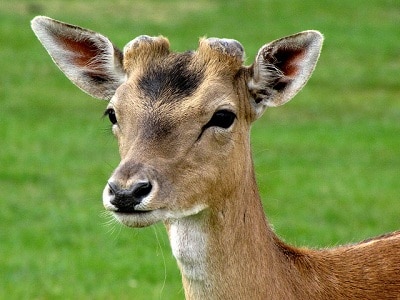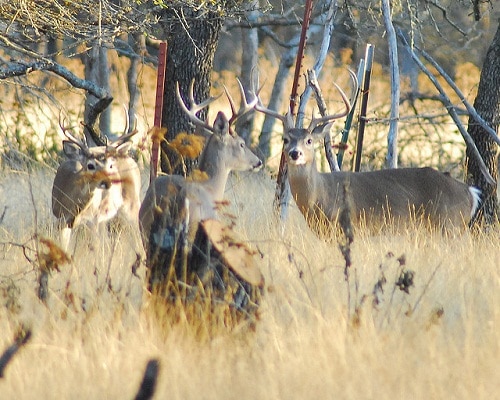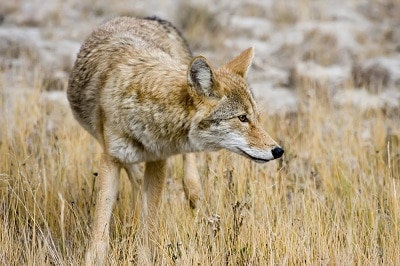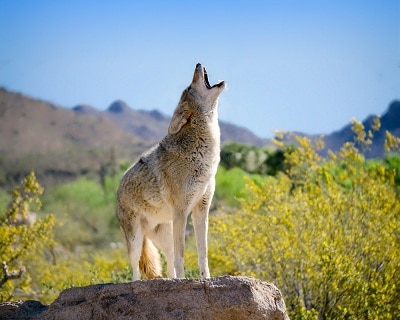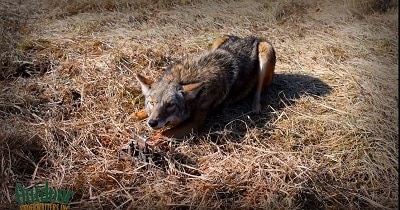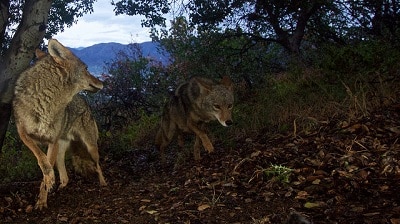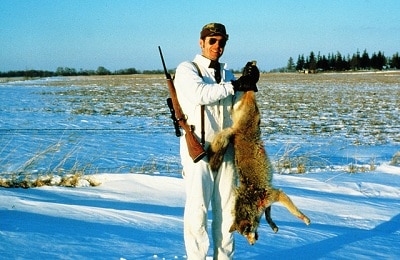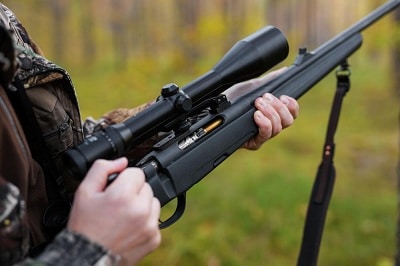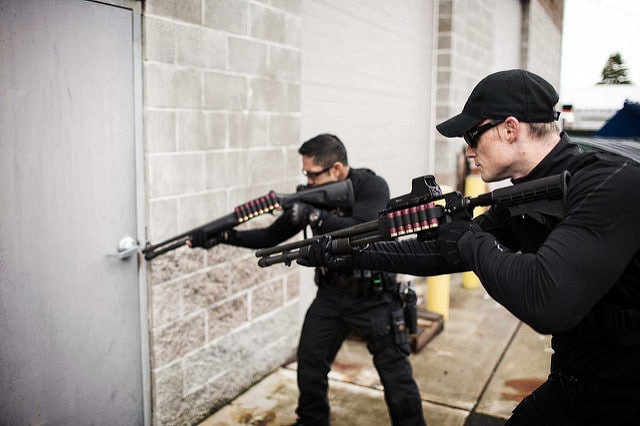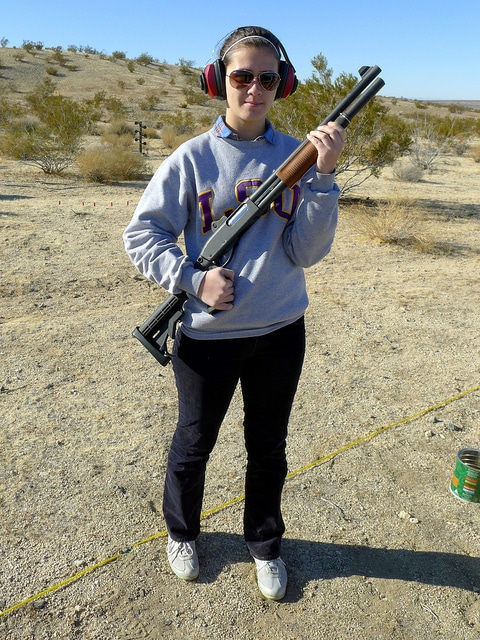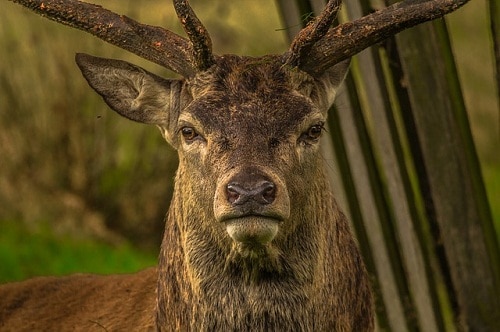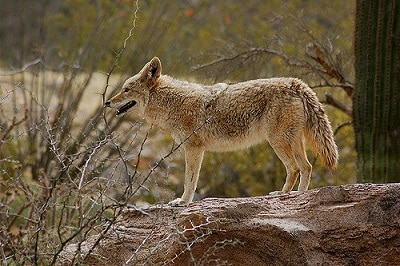Depending on the location in North America, it is usually a simple task to see what the deer in an area are eating.
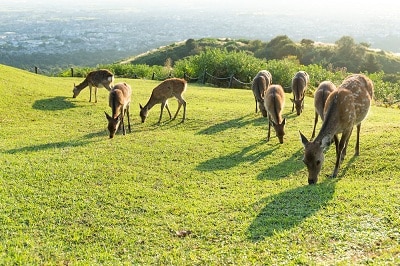
What do deer eat in the winter
They graze in open fields and praries as opposed to poaching crops and farms, a serious plus for farmers and ranchers.
But the typical whitetail deer will put down 3-to 6-pounds of food every day. This is a tall order for the offseason, when peak harvests are done and there isn’t much popping out of the ground.
So what do deer eat in winter? Let’s take a look.
What do deer eat in the winter?
The first thing that must be noted about what deer eat in winter is that they are scavengers in the truest sense of the word.
Deer are not going to steal food from established plants. They don't have the nose or taste for row crops.
In their quest for offseason sustenance, deer are known to make their way onto people’s property. Their footsteps are much more noticeable in the snow than they are in the winter. Typically, whitetail deer are searching for eat corn, soybeans or cowpeas that are unguarded and not rotten.
Also keep an eye out for what’s known as "Old Man's Beard." This is a thick, greenish lichen that is common on spruce and amber trees that are either dead or dying. If you haven’t seen this stuff before, keep an eye out for tracks leading towards trees that obviously aren’t providing shelter for the deer. They aren’t rubbing antlers in the winter like they do in summer and fall, so there’s a pretty good chance that you’ll see the lichen on trees surrounded by deer tracks.
These items make up a large part of a deer’s wintertime diet. Additionally, they will scrap up what they can from grassy fields and open spaces. But the vast majority of deer aren’t going to get nearly as much protein in the winter as they do in the warmer months.
Here’s a great video on deer nourishment for the winter.
How to direct a deer to the best winter food on my property
In the western United States, farmers and ranchers should maintain corn and soy plants to attract deer to certain areas of their land. This also works if you want to keep the deer away from other parts of the land, which we’ll discuss in more detail below.
Resilient crops such as these work best for late-season feed. Corn is the deer’s lifeblood during these times. They will travel to find it, but once a pack of deer has identified a location that looks like a promising regular food source, they are going to do everything they can to remain in the area.
Remember that you don’t want deer eating at the same location all the time. Not only will this wear out the crops and soil, it can increase the risk of disease in the deer. Offset the planting times in different areas of your propery to scatter the deer’s dining habits and keep them moving around.
If you are deer hunter, you should own an deer rifle, i recommend ar 15 and best scope for deer hunting
How to keep deer from rummaging my property
Those of you who live on acres of property or who run a farm may see deer consistently perusing your fields.
This is a natural activity for them, and they aren’t going to notice simple hints that are left to deter them.
You want to keep them around, but don’t want them destroying certain parts of the property.
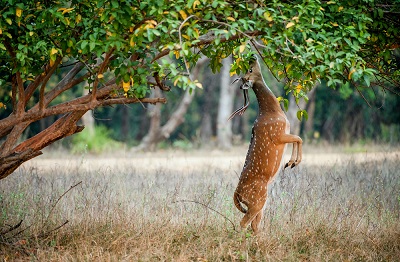
Eating wild male cheetal deer
Like we mentioned above, deer are scavengers. Your open field contains the sparse plants that survive in winter, and the deer you see have likely spent immense time tracking it down. If you want to get rid of them, the best thing to do is plant perennial yields of tall crops on areas on the edge of the property.
This may not be possible for you. If not, resort to fencing. Once you’ve got that up, stick a guard dog out there in the yard. In the morning and evening hours, let the dog roam the property and hopefully he/she will stir up enough noise to shoo off the deer. (On a humorous note, this is a great way to get that dog of yours to earn his keep around the house!)
These are about the only other surefire ways to keep multitude of deer off your property.
What to do when deer bed near my property in winter
Deer want to remain as close as they can to their food sources, especially in winter time. It is especially important to direct their eating to different places on a regular basis.
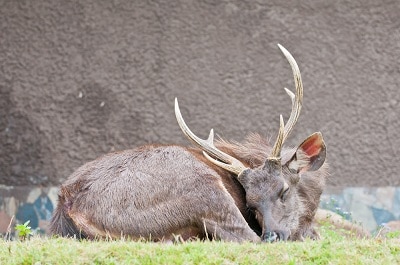
What to do when deer bed near my property in winter
If you are trying to study what the deer is eating in winter, first identify where they are sleeping.
What is nearby?
In order to find their bedding, look for thick brush that is difficult to enter and exit. They will find the densest cover, particularly during times of incremental weather. Deer prefer thick cover from predators, humans, and frigid temperatures.
Beyond the more intensive winter bedding conditions, it is important to realize that because the deer aren’t getting protein as easily in the winter as they do in summer, they aren’t going to want to expel as many calories.
This is a big motivator behind their proximal bedding and eating quarters.
Conclusion
If you plan to bait or feed deer this winter, be sure to check for any regulations in your area.
Many states in the US have imposed limitations (and in some cases completely outlawed) feeding deer in the winter. These regulations are typically designed to keep herds from thinning due to illness.
But if you can get away with it, your next hunting outing or antler collecting search can be made that much more fruitful by keeping deer healthy in the winter.
Let’s spread the good word about responsible hunting and outdoorsmen practices – please give this article a share on your social channels.
We’re also always looking for stories from your neck of the woods. Drop a comment below this article and let’s all learn about the hunting and whitetail communities around the country and beyond!

